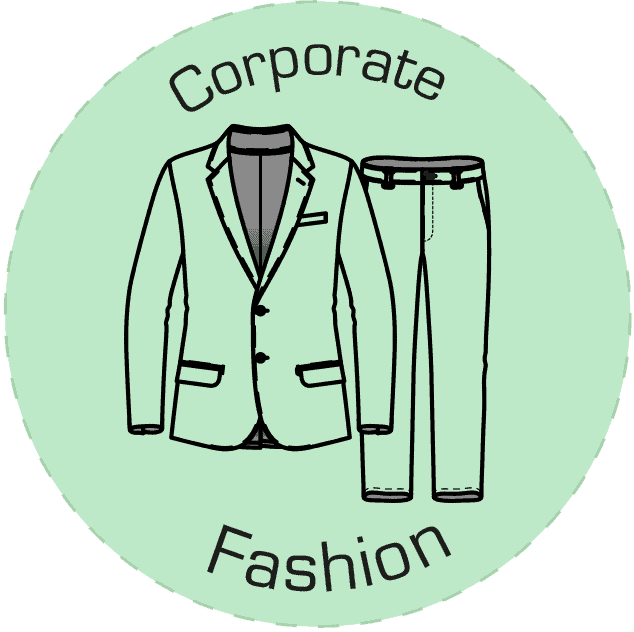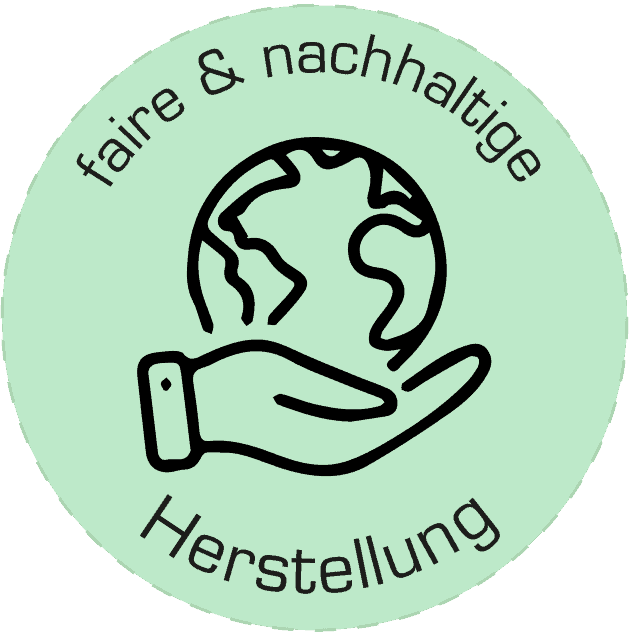COLOR SELECTION WORKWEAR - THESE ARE THE COLOR TRENDS
In the world of Colors play a decisive role in work clothing or “workwear”. They not only affect the aesthetic appearance, but can also influence the functionality and safety of clothing. The choice of colors for workwear depends on various factors, including industry-specific requirements, safety standards, fashion trends and personal preferences.
The importance of colors when choosing workwear
Choosing the right colors for your workwear not only contributes to aesthetics, but also has a deeper meaning and can influence the mood, perception and performance of employees. For example, certain colors such as blue or green can convey calm and confidence, while red or orange can generate energy and attention. The choice of color can also control the perception of the company by customers and business partners. Companies that want to create a friendly and accessible atmosphere could therefore opt for bright and inviting colors. While companies that want to convey stability and reliability tend to opt for neutral and muted colors. The choice of color for your workwear should therefore not be made lightly.
Workwear regulations – what color do the different industries wear?
Note: Do the regulations for workwear not match your color scheme? That’s no problem, because individuality can also be created with your logo. The work trousers or other products can be customized with a logo print or embroidery on the garments. This means that you can integrate your company colors even on clothing that does not match.
What should you look out for when choosing a color?
In addition to aesthetics, employers must also consider the functionality and ease of care of workwear. Dark colors such as black or navy blue are often popular as they make dirt and stains less visible. On the other hand, light colors such as white or beige may be less practical for certain work environments due to their sensitivity to soiling. So always analyze the working environment before buying clothing. Choose the right colors for pants, sweatshirts, aprons and other products.









